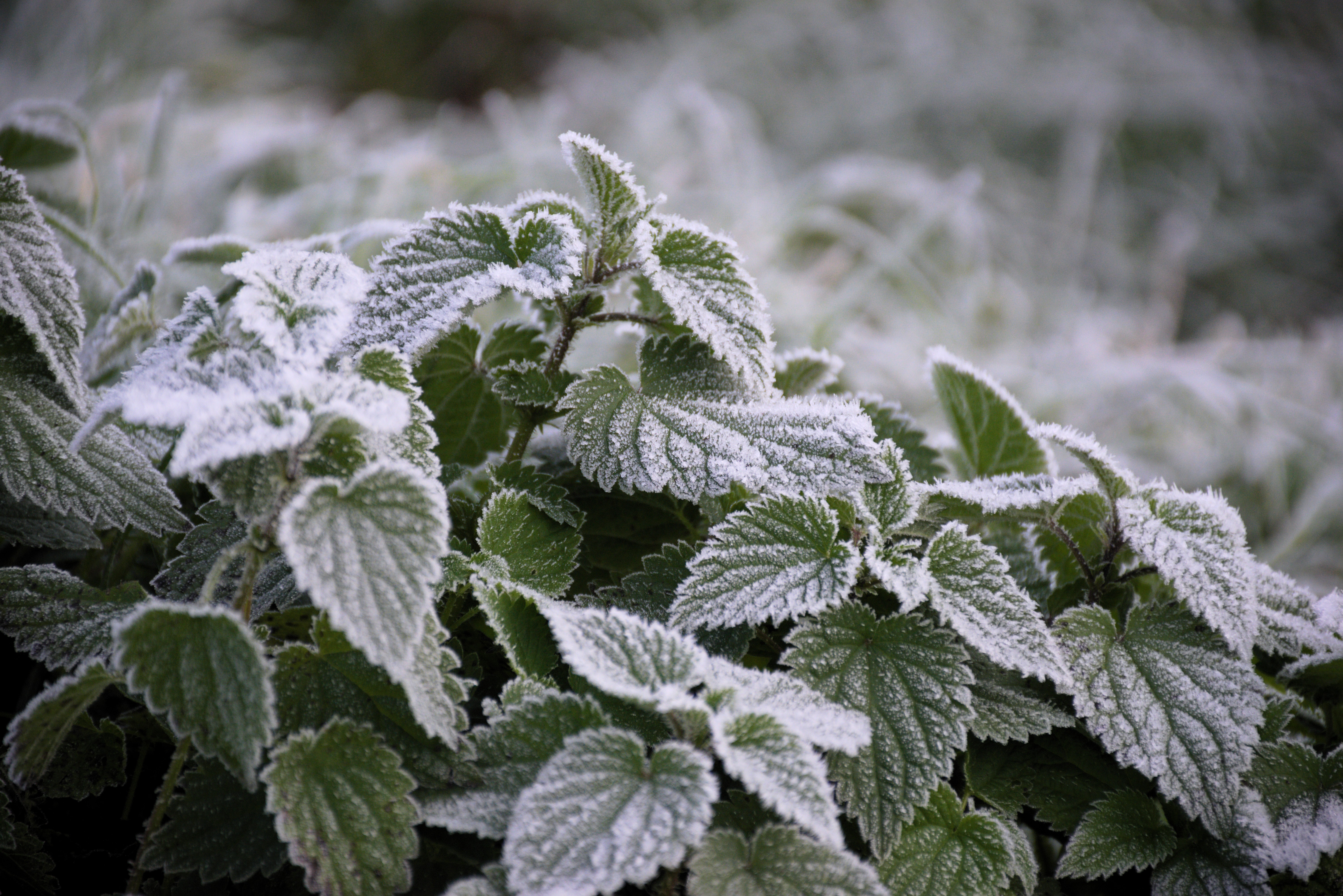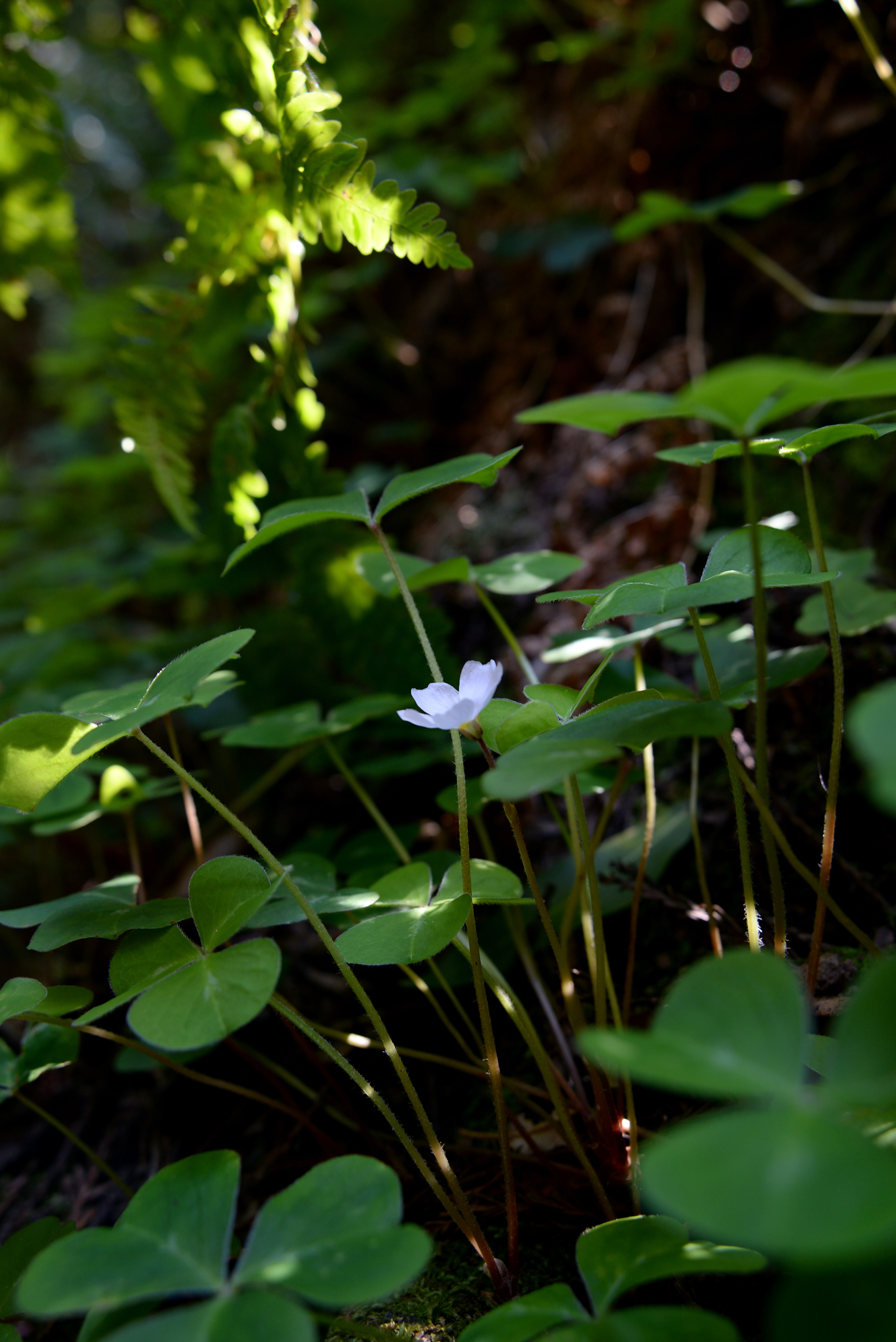We have countless pieces of evidence that suggest an ongoing connection to nature can restore mental functioning, reduce stress, and soothe anxiety. There are plenty of ways we can forge this connection, and I am proposing this possibility for your consideration; eat your backyard weeds. It may sound strange, however; countless free edible food products are available for consumption mere steps from your backdoor (or nearby park). People have been eating these plants for centuries. We have lost knowledge of their uses and benefits through colonization. It is time we re-learned them. You can simultaneously reduce stress and add nutrition to your diet by following two simple guidelines.
- Do not eat a plant you have not identified with 100 percent certainty using at least two plant identification guides.
- Do not eat anything from an area that has been treated with synthetic fertilizers, pesticides, or weed killer.
If you are already acquainted with the outdoors, there may already be plants you are familiar with that you didn’t know are edible. Start with these three easy to identify plants.

STINGING NETTLE
Perhaps you ran through a field of stinging nettle as a child and vowed never to get caught in that same patch again. You probably did not forget what it looks like. Cooking stinging nettle renders it harmless. The cooked greens taste and behave like cooked spinach. Consider using it in any recipe that calls for cooked greens. Nettles are high in iron, vitamin C, and have antimicrobial and antioxidant properties.

DANDELIONS
Every part of a dandelion is edible. The blossoms can be fried into crispy fritters or fermented into a light floral wine. The young leaves add balance to a green salad with a slight bitterness. Roots can be dried, roasted in the oven, and ground into a coffee substitute with a delightful nutty flavor. Dandelions have countless medicinal qualities that date back centuries. We could be reaping these benefits instead of spending money trying to eradicate them.

WOOD SORREL
This attractive plant has heart-shaped clover-like leaves and cute yellow or white flowers. They taste tart like lemon and can be a refreshing snack. Use them to make tea or to add acidity to your favorite brothy soup. It doesn’t have the same medicinal history as the previous two plants, but its prevalence and charm make it an easy introduction to edible weeds.
Next time you step outside your back door or take a 15-minute break from work, why not take a moment to appreciate one of these useful weeds? Whether you are admiring their function in your personal wilderness or preparing them for your next meal, the tranquility you find may surprise you.


